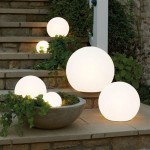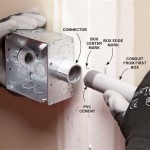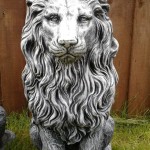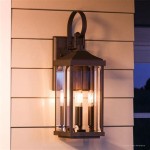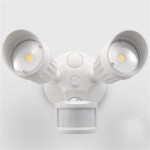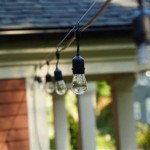How Efficient Are Outdoor Wood Furnaces?
Outdoor wood furnaces, also known as wood-fired boilers or hydronic heating systems, have gained popularity for their potential to provide efficient and cost-effective heating. These systems utilize wood as fuel to heat water, which is then circulated throughout the house and other buildings for heating and hot water. While they offer a renewable energy source, their efficiency is often a topic of debate. The efficiency of an outdoor wood furnace is influenced by various factors, including the furnace's design and operation, the quality of the wood used, and the insulation of the heated space.
Thermal Efficiency
The thermal efficiency of an outdoor wood furnace refers to the percentage of heat energy produced by the burning wood that is transferred to the water. Efficiency levels can vary widely depending on the furnace's design and operation. A well-designed and maintained outdoor wood furnace can achieve thermal efficiencies of 70% to 80%, meaning that 70% to 80% of the heat energy from the wood is transferred to the water. This is considered to be a relatively high level of efficiency for a wood-burning appliance. However, it's important to note that older or poorly maintained furnaces may have significantly lower efficiency.
The design features that contribute to higher efficiency include:
- Proper combustion chamber design: An optimized combustion chamber with sufficient airflow ensures complete combustion of the wood, maximizing heat output.
- Heat exchanger surface area: A large heat exchanger surface area allows for greater heat transfer from the hot combustion gases to the water.
- Insulated exterior: Insulation helps to prevent heat loss from the furnace itself, leading to a higher percentage of heat reaching the water.
Factors Affecting Efficiency
Beyond the furnace's design, several factors contribute to the overall efficiency of an outdoor wood furnace:
- Wood quality: The moisture content of wood significantly impacts its heating value. Dry wood with a moisture content of 20% or less burns more efficiently than wet wood. Using wet wood can lead to incomplete combustion, producing less heat and generating more creosote buildup in the furnace.
- Operation: Proper operation, such as maintaining a consistent fire and avoiding excessive ash buildup, contributes to high efficiency.
- Insulation of the heated space: The insulation level of the house or buildings being heated directly impacts the efficiency of the entire system. A well-insulated space requires less heat for comfortable temperatures, leading to greater overall fuel efficiency.
- Climate: The ambient temperature can influence the furnace's performance. In very cold climates, the furnace may need to work harder to maintain desired temperatures, potentially reducing overall efficiency.
Comparing to Other Heating Systems
While outdoor wood furnaces can achieve high efficiency, they are not always the most efficient heating option available. Compared to other heating systems, the efficiency of an outdoor wood furnace can vary:
- Gas Furnaces: Modern gas furnaces have very high thermal efficiencies, often exceeding 95%. However, gas furnaces rely on fossil fuel, which is non-renewable. This means that while they are efficient in terms of converting fuel to heat, they are not sustainable.
- Heat pumps: Heat pumps can be very efficient, especially in mild climates. They can achieve a seasonal energy efficiency ratio (SEER) of 30 or higher. However, they are less efficient in cold climates, and their initial installation costs are generally higher than outdoor wood furnaces.
- Electric Heating: Electric resistance heating is the least efficient heating option. However, it is also the most convenient and readily available. Electric heating systems have no moving parts and require little maintenance.
The efficiency of an outdoor wood furnace is a major factor to consider when deciding if it's the right heating option for a particular situation. While they can be highly efficient when properly designed, maintained, and operated, they are not always the most efficient option compared to other heating systems. It is essential to weigh the pros and cons of each system based on individual needs and circumstances.

Outdoor Wood Boiler Vs Furnace

Best Outdoor Wood Furnace Central Boiler

Outdoor Wood Furnace Review And Guide To Saving Money Rural Living Today

Outdoor Wood Burning Furnace Boilers From Madison Wi To E Iowa

Let S Learn How To Make Your Outdoor Wood Furnace More Efficient

How Do Outdoor Wood Furnaces Work Furnace World

Outdoor Wood Furnace Pros And Cons Is It Right For You

Cleanfire Outdoor Wood Furnaces

Cleanfire Outdoor Wood Furnaces

Outdoor Wood Fired Boiler Wikipedia
Related Posts
